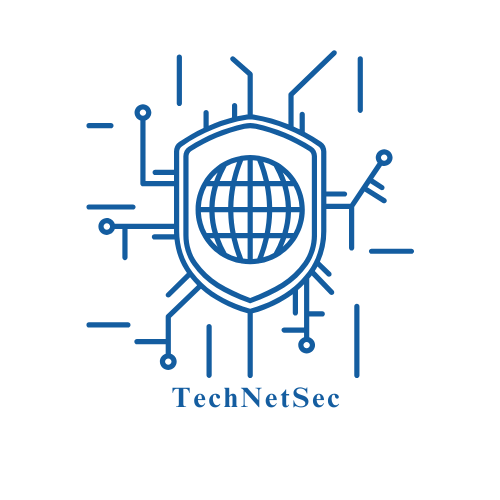
Introduction
Have you ever come across the term RFC while navigating the vast world of networking? RFC, or Request for Comments, holds significant importance in the development and evolution of internet protocols and standards. This blog post aims to unravel the meaning of RFC, its historical context, and its impact on networking practices today.
Key Concepts / Technical Explanation
-
- Definition: RFC stands for Request for Comments, a series of documents that describe methods, behaviors, investigations, or advances related to the operation of the internet and Internet-connected systems.
-
- Origin: The first RFC was published in 1969 by Steve Crocker as a part of the ARPANET project. Over the years, it has evolved into a formalized method of disseminating technical information.
-
- Purpose: RFCs serve as the primary source for technical specifications and standards for internet protocols, including HTTP, FTP, and TCP/IP.
Structure of an RFC
-
- Title: Each RFC has a specific title that summarizes its content.
-
- Numbering: Each RFC is assigned a unique number which is referenced when discussing specific standards.
-
- Categories: RFCs can be classified into several types:
-
- Standards Track: Proposals for popular protocols.
-
- Informational: Non-standard specifications or guidelines.
-
- Experimental: Features not yet standardized but available for testing.
Notable Examples of RFCs
-
- RFC 791: Defines the Internet Protocol (IP).
-
- RFC 2616: Describes Hypertext Transfer Protocol (HTTP/1.1).
-
- RFC 6750: Specifies OAuth 2.0 Bearer Token Usage.
Real-World Applications / Use Cases
-
- Internet Protocol Development: Everyday internet operations rely on established protocols found in RFCs. For example, the way your email client communicates with a mail server follows standards delineated in various RFCs.
-
- Software Development: Developers refer to RFCs when implementing services that require compliance with internet protocols, ensuring interoperability across different systems.
-
- Network Security: RFCs related to security protocols (like RFC 8446 for TLS 1.3) guide organizations in safeguarding their communications and data.
Best Practices / Tips
-
- Stay Updated: RFC documents are continually updated. It is vital to stay informed about the most recent standards applicable to your technology.
-
- Use RFCs as Reference: When developing software that interacts with internet protocols, always refer to the relevant RFC to ensure compliance and effectiveness.
-
- Engage with the Community: Participate in forums and discussions around RFCs to stay ahead of best practices and new proposals in the networking field.
Conclusion
In summary, RFCs play a crucial role in the networking landscape, guiding the development and implementation of internet protocols and standards. Understanding RFCs not only enhances your knowledge but also empowers you to engage in informed discussions and implementations in the world of networking and cybersecurity. If you’re looking to deepen your understanding further, consider exploring specific RFCs pertinent to your interests or projects.
